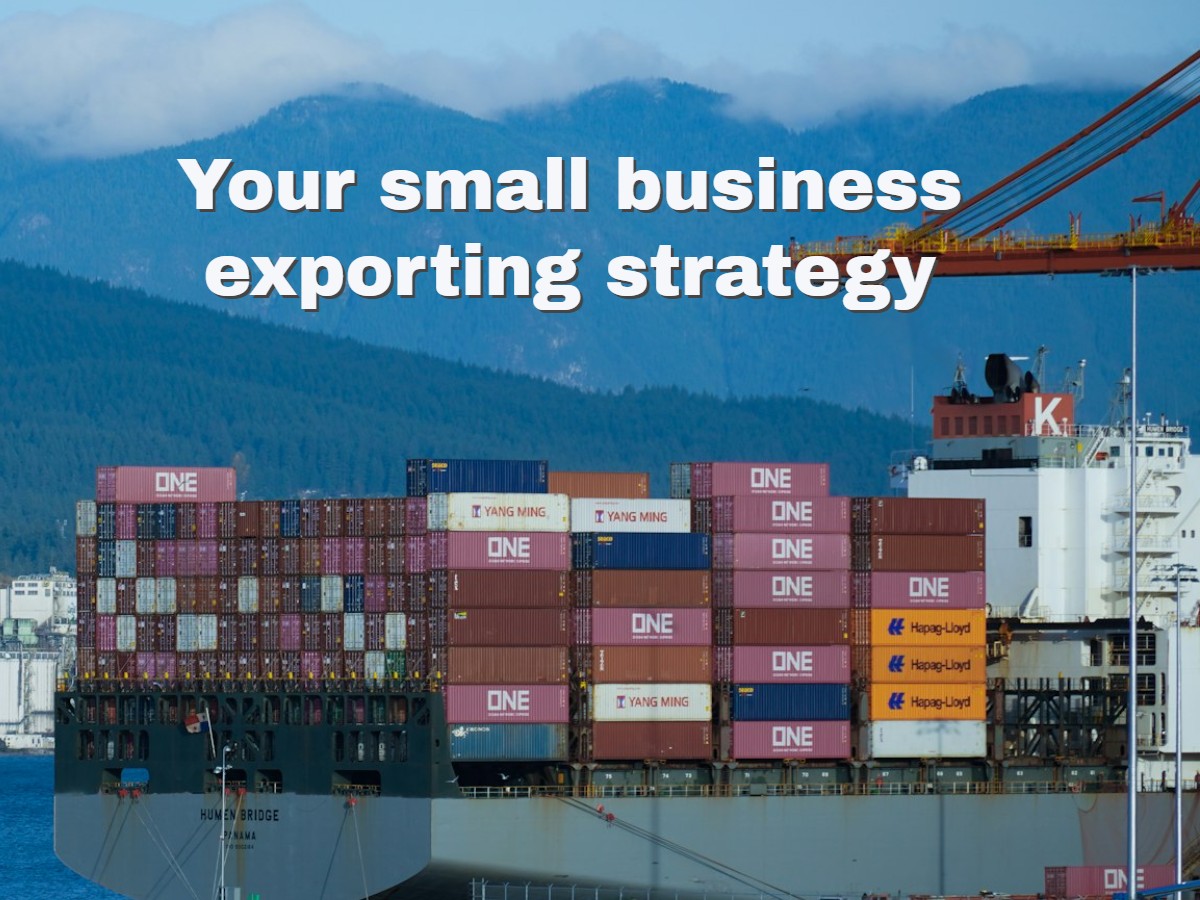GST and Small Business Exporting: What Small Manufacturers Need to Know
Expand your small business exporting sales . If you’re a small manufacturer looking to grow beyond Australia, exporting overseas can open up a world of opportunity. But before you start filling overseas orders, it’s worth getting clear on one important thing — how GST works when you export.
The Good News — Exports Are Usually GST-Free
When you, as a small business exporter and developing a small business exporting sales strategy, these export goods out of Australia, are generally GST-free. That means you don’t charge GST to your overseas customers when you make the sale, as long as the goods leave Australia within 60 days of payment or invoicing. Additionally, you can still claim GST credits on business inputs, such as materials, equipment, and freight. So, in most cases, exports actually improve your cash flow but watch for the traps. These credits can help offset your costs and boost your margins.
Keep Your Export Proof
To verify your GST-free status, the ATO will require proof that the goods actually left Australia. Keep copies of shipping documents, export declarations, and invoices. Good record-keeping now saves you big headaches later.
Points to note. Exporting Services?
It’s a Bit Different If you’re providing services rather than physical goods, things become more complicated. Services can also be GST-free, but only if your client is a non-resident outside Australia when you do the work.
However, if the service relates to property or goods in Australia, GST may still apply. It’s one of those “check before you invoice” situations.
Additional tips for small business export strategies
Watch the Exchange Rates
When billing your overseas customers in another currency, you’ll need to record the sale value in Australian dollars. The GST reporting is based on the exchange rate at the time of invoicing or payment — whichever comes first. Make sure your accounting system handles this automatically.
Selling Through Agents or Distributors
If you use an export agent, make sure you’re both clear about who the “exporter” is in the eyes of the ATO. That determines who can treat the sale as GST-free and who can claim input credits.
Keep Local and Export Sales Separate
It’s best when categorizing income in MYOB or Xero that you keep the income types separate. For BAS reporting, it helps to keep domestic and export sales recorded separately. That way, you’ll know exactly what’s GST-free and what’s taxable — and it makes life easier for whoever does your books. I.e. Freight and International freight and insurance are usually GST-free, but domestic transport (such as transporting goods to the port) may be subject to GST. Always double-check freight invoices so you claim what you’re entitled to.
Avoid the Classic GST Slip-Ups
Common mistakes include charging GST on export invoices or forgetting to claim input credits. Regular BAS reviews can help you spot errors early The GST export rules are friendly — but detailed. At Gartly Advisory, as small business export accountants, we understand small manufacturing and export operations can save you time, stress, and money. Exporting is one of the most exciting steps a small manufacturer can take. Getting the GST side right from the start means fewer surprises and a smoother ride as you expand overseas.
If you’d like help reviewing your export GST setup or BAS reporting, talk to the team at Gartly Advisory. We help small manufacturers grow with confidence — and help them to keep more of what they earn.





